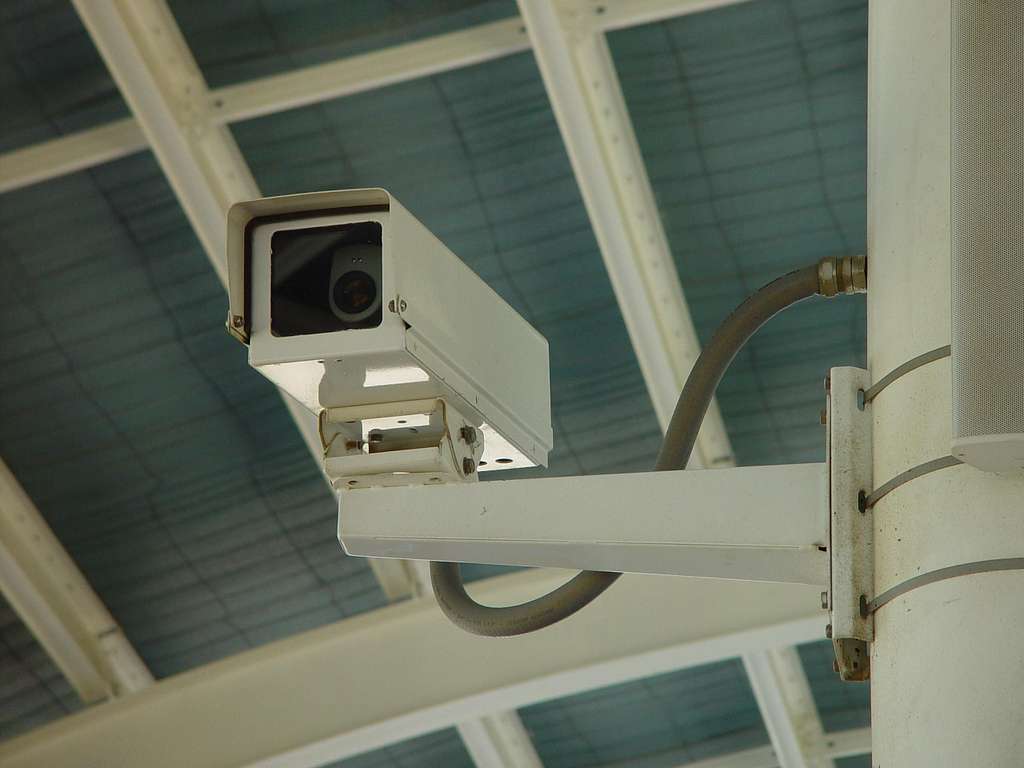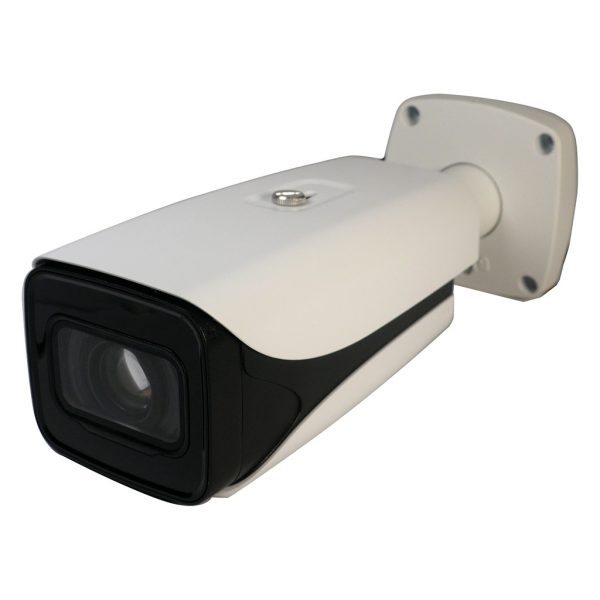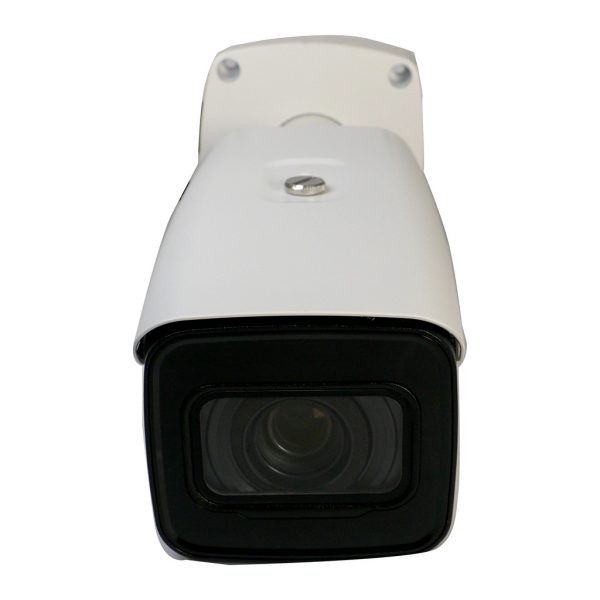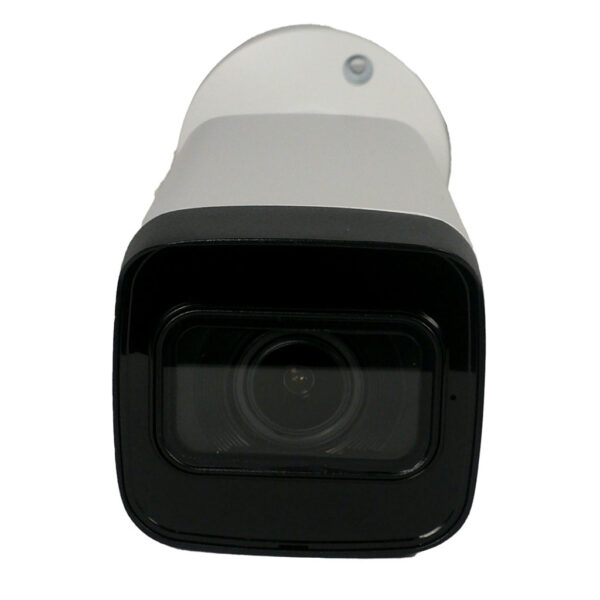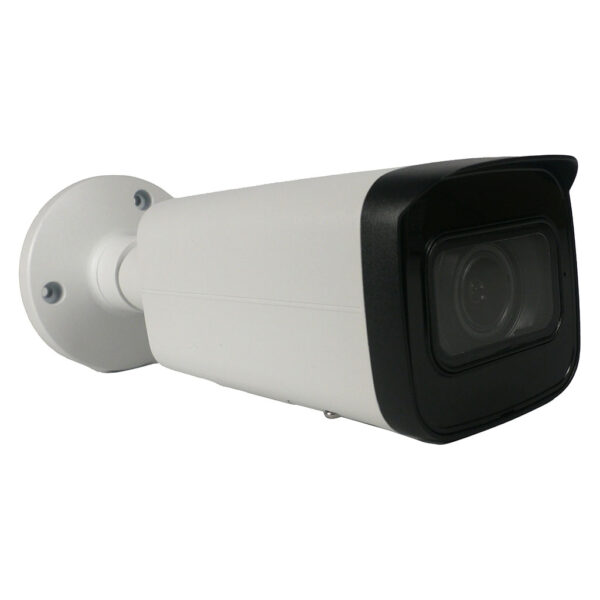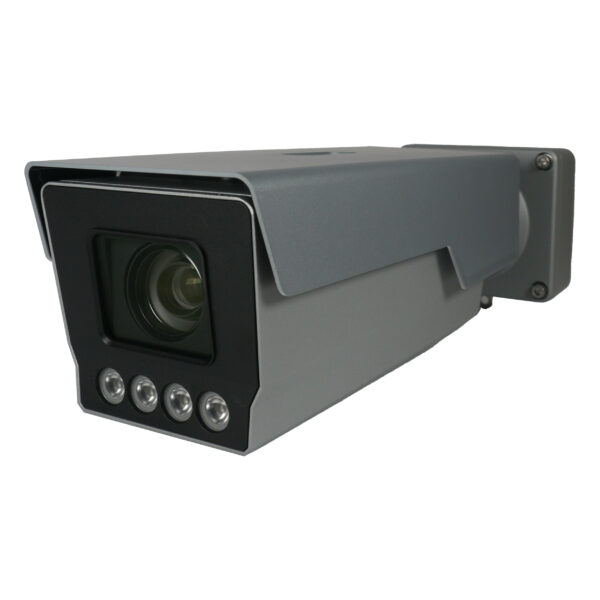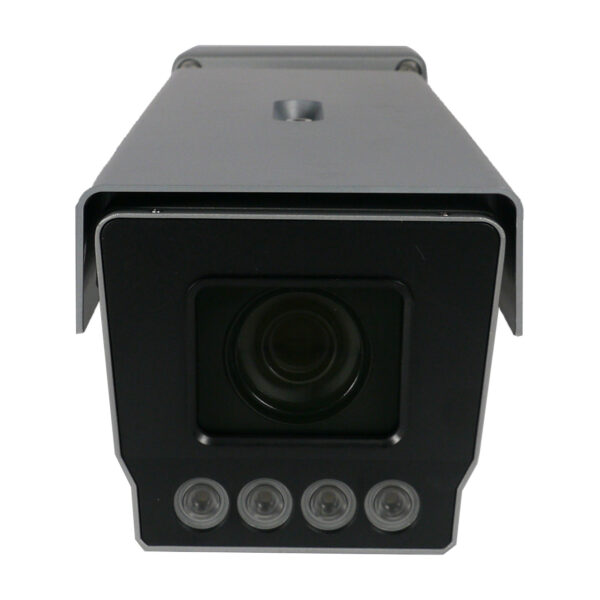External IP security cameras, also known as outdoor IP cameras, are essential for monitoring and protecting the exterior of properties. These cameras are designed to withstand harsh weather conditions and provide high-quality video surveillance. This article explores what external IP security cameras are, their benefits, and the different types available.
What is an External IP Security Camera?
An external IP security camera is a digital video camera specifically designed for outdoor use. It transmits video and audio data over a network using Internet Protocol (IP), allowing for remote access and advanced monitoring features. These cameras are built to be weatherproof, ensuring reliable performance in various environmental conditions.
How External IP Security Cameras are Useful
- Enhanced Outdoor Security:
- External IP cameras provide continuous monitoring of the exterior of properties, deterring potential intruders and vandals. Their visible presence acts as a strong deterrent to criminal activity.
- High-Quality Video Surveillance:
- These cameras offer superior image quality with high resolutions (e.g., 1080p, 4K), enabling clear and detailed footage. This is crucial for identifying faces, license plates, and other important details.
- Weather Resistance:
- Built to withstand harsh weather conditions, external IP cameras are typically rated IP66 or higher, making them resistant to dust, rain, snow, and extreme temperatures.
- Night Vision Capabilities:
- Many external IP cameras come equipped with infrared (IR) LEDs or other night vision technologies, allowing them to capture clear images in low-light or complete darkness.
- Remote Access and Monitoring:
- External IP cameras support remote access, enabling users to monitor live feeds and recorded footage from anywhere using smartphones, tablets, or computers. This provides peace of mind and the ability to respond quickly to any incidents.
- Motion Detection and Alerts:
- Advanced motion detection features can alert users to any movement within the camera’s field of view. This helps in quickly identifying and responding to potential threats.
Types of External IP Security Cameras
- Bullet Cameras:
- Overview: Bullet cameras have a cylindrical shape and are highly visible, acting as a strong deterrent. They are typically weatherproof and feature a narrow field of view, making them ideal for focused surveillance.
- Uses: Best for monitoring perimeters, driveways, and entry points.
- Dome Cameras:
- Overview: Dome cameras are known for their dome-shaped housing, which makes them discreet and resistant to tampering. They can offer a wide field of view and are often used in environments where a less conspicuous camera is desired.
- Uses: Ideal for monitoring large outdoor areas, such as parking lots, gardens, and building entrances.
- PTZ (Pan-Tilt-Zoom) Cameras:
- Overview: PTZ cameras can pan, tilt, and zoom, allowing operators to focus on specific areas and track movement. They provide comprehensive coverage of large spaces and can follow moving objects in real-time.
- Uses: Suitable for monitoring expansive outdoor areas, such as commercial properties, sports complexes, and public spaces.
- Wireless Cameras:
- Overview: Wireless cameras connect to a network via Wi-Fi, eliminating the need for extensive wiring. They offer flexibility in placement and are easy to install, making them ideal for areas where running cables is challenging.
- Uses: Suitable for temporary installations, expanding coverage areas, and monitoring hard-to-reach locations.
- Thermal Cameras:
- Overview: Thermal cameras detect infrared radiation and create images based on temperature differences. They can see in complete darkness and through smoke or fog, making them highly effective for security applications.
- Uses: Ideal for perimeter monitoring, detecting intruders, and monitoring critical infrastructure.
- Floodlight Cameras:
- Overview: These cameras combine traditional surveillance with powerful floodlights, providing clear visibility and acting as a strong deterrent to intruders. The floodlights can be motion-activated or controlled remotely.
- Uses: Suitable for illuminating and monitoring dark areas, such as alleys, backyards, and building perimeters.
Conclusion
External IP security cameras are essential for enhancing outdoor surveillance and security. With various types of cameras available, users can choose models that best suit their specific needs and environmental conditions. Whether for residential, commercial, or industrial use, investing in high-quality external IP cameras ensures reliable and comprehensive protection of your property.
Related Products
ELITE 2MP IP Motorized Lens Long Range Bullet W/External Mic Audio & EPoE
Specifications
- Lens: 5~60mm Motorized Lens
- Max Resolution: 2MP
- IR Distance: 656 FT
- Impact Protection: IK10
- Audio: Audio Capable With External Mic
- SD Card Compatible: Yes
- Perimeter Protection: Yes
- Object Detection: Yes
- Face Detection: Yes
- Face Recognition: No
- Smart Motion Detection: No
- LPR: No
ELITE 4MP IP Motorized Varifocal Bullet W/built Mic & SD Card Slot
Specifications
- Lens: 2.7 mm–13.5 mm Motorized Varifocal Lens
- Max Resolution: 4MP
- IR Distance: 196 feet
- Audio: Built In Mic
- SD Card Compatible: Yes
- Perimeter Protection: Yes
- Object Detection: No
- Face Detection: No
- Face Recognition: No
- Smart Motion Detection: Yes
- LPR: No
Frequently Asked Questions (FAQ)
What is an external IP security camera?
- An external IP security camera is a type of digital surveillance camera designed for outdoor use. It transmits video data over a network or the internet, allowing for remote access and monitoring from anywhere.
What features should I look for in an external IP security camera?
- Look for features such as weather resistance (IP65 or higher), high-definition video resolution, night vision, motion detection, two-way audio, wide dynamic range (WDR), and robust encryption for data security.
How do I install an external IP security camera?
- Installation involves mounting the camera in a strategic location that covers key outdoor areas, connecting it to a network via Ethernet or Wi-Fi, and configuring the camera settings through a web browser or dedicated app. Make sure to follow the manufacturer’s guidelines for optimal setup.
What are the benefits of using external IP security cameras?
- Benefits include remote monitoring from any internet-connected device, high-quality video footage, deterrence of potential intruders, the ability to capture activity in low-light conditions, and integration with other security systems for a comprehensive security solution.
How can I ensure the security of my external IP security camera?
- To ensure security, use strong, unique passwords, enable encryption, regularly update the camera’s firmware, restrict access to authorized users only, and place the camera in a location that is not easily tampered with.

